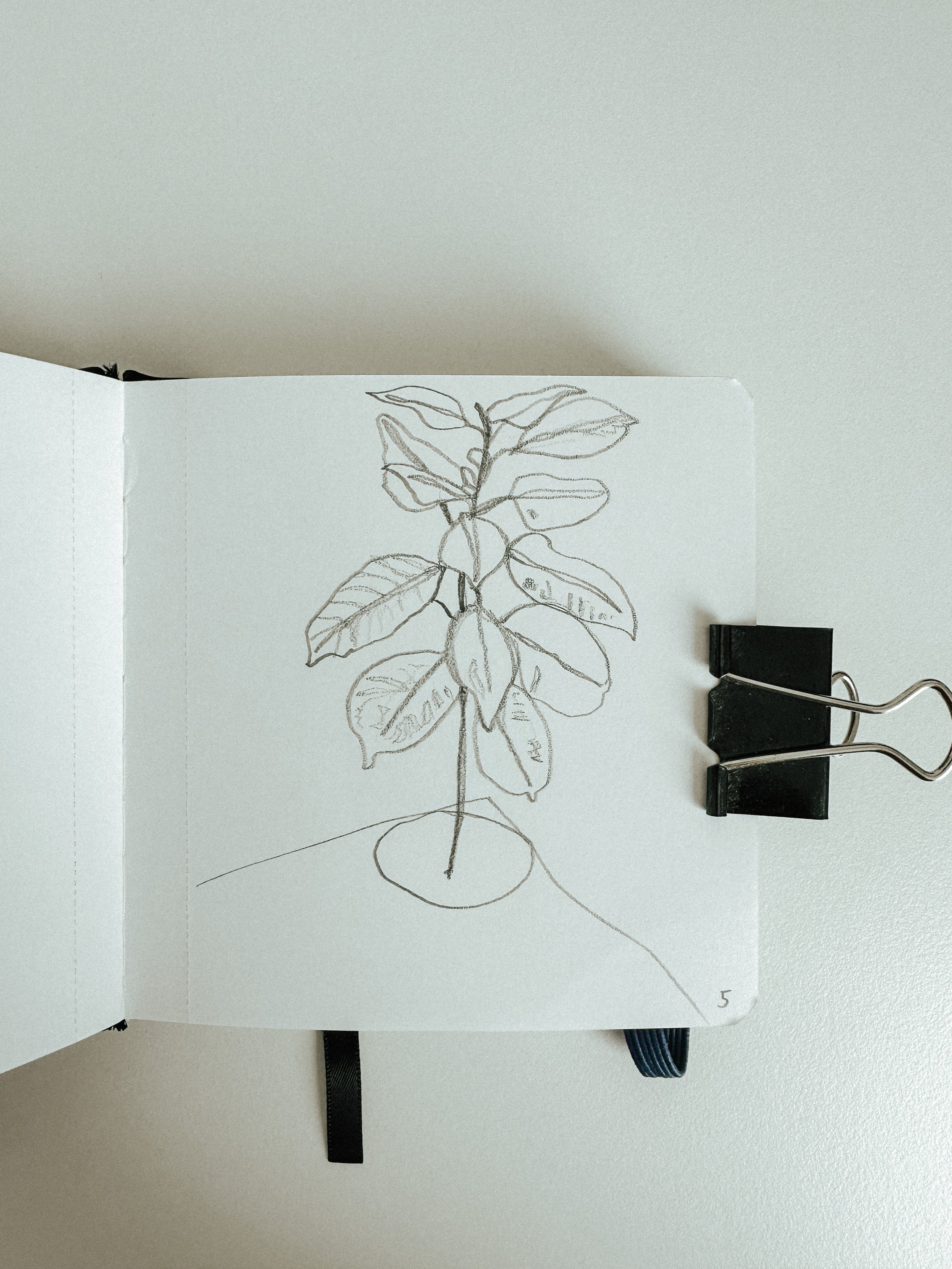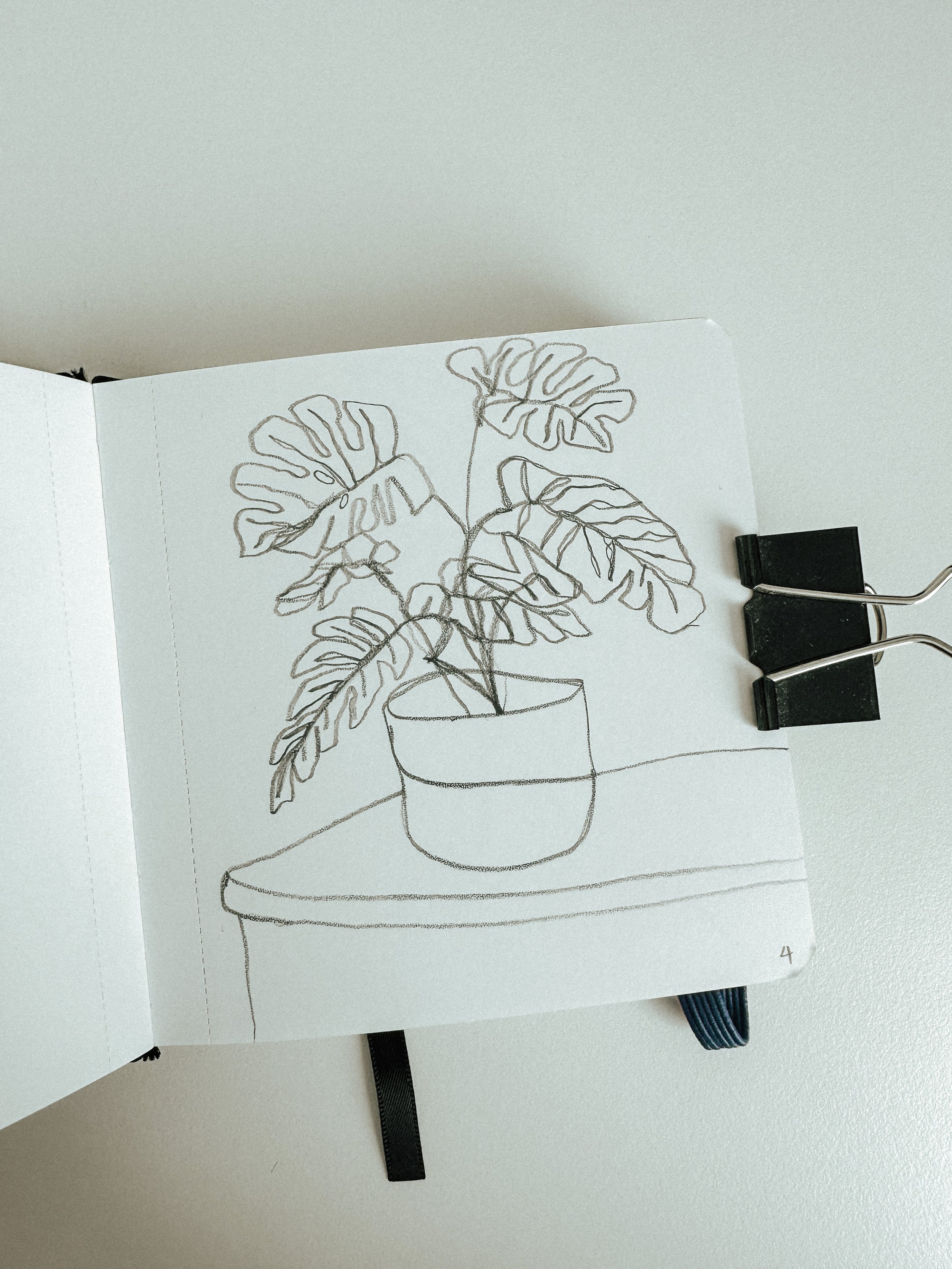5: Rubber Tree
The rubber tree plant, also referred to as the Ficus elastica, is a versatile, decorative and low-maintenance houseplant. The rubber tree is native to tropical regions of the world and is particularly known for its thick and glossy leaves. This plant is well-suited for indoor growing, as it requires minimal maintenance and is quite hardy.
When looking to purchase a rubber tree plant, it’s important to consider the size and type of plant that is best for the home or office. Rubber trees come in various sizes and varieties, and it is important to choose one that is suited to the particular space in which it will be kept. Generally, it is best to choose a rubber tree size that is not too big or too small for the particular area.
When caring for a rubber tree plant, it’s important to provide adequate light, water, and humidity. Rubber trees do best in indirect sunlight and need to be kept in an area that is not too warm or exposed to drafty areas. In terms of watering, rubber trees should be watered every one to two weeks. During the growing season, they may need to be watered more frequently. It is important to ensure that the soil is not too wet or too dry, as this can result in leaf drop or root rot.
In terms of humidity, rubber trees prefer a moderate to high level of humidity in the air. If the air is relatively dry, then it may be beneficial to mist the leaves of the rubber tree or place a humidifier nearby to provide it with the additional moisture it needs.
Overall, rubber trees are low-maintenance plants that are perfect for indoor growing. With adequate light, water, and nutrition, they will stay healthy and vibrant. They make beautiful additions to any home or office space, and with the right care, they will thrive for many years.
References:
4: Monsterra
Monsterra is a large, vining evergreen with large, heart-shaped leaves. The bold, broad leaves are an eye-catching addition to any living space. Native to tropical and subtropical regions, this vining plant can also be trained to go up a trellis or pole to give a space an extra touch of green. Over time, it can grow up to twelve feet tall and produce fragrant, white and yellow flowers. Monsterra is a beautiful and low maintenance plant that can also help purify the air in the home and improve the overall indoor air quality.
Monsterras are ideal for both novice and experienced gardeners. They prefer bright, indirect light. If the leaves start to yellow, it might be a sign the plant is getting too much light or not enough water. Keep the plant’s soil moist but not soggy, and water the plant thoroughly when the soil is dry to the touch. Monsterras also love humidity, so a humidifier can help maintain the ideal level of humidity for the plant.
3: Prayer Plant
Prayer plants are one of the most unique and beautiful houseplants on the market today. These plants have vibrant leaves that curl up at night like hands in prayer, hence their name. They come in a multitude of colors and sizes, so it’s easy to find one that fits any aesthetic. Prayer plants are easy to care for and with proper care, they can be a long-lasting addition to the home.
The prayer plant has the ability to bring color and texture to a room. There are several varieties available with different leaf patterns and colors. Some of the most popular varieties are the Maranta leuconeura (Tricolor) and the Maranta leuconeura (Kerchoveana). The Tricolor variety has light green leaves with hues of cream, pink and red, while the Kerchoveana has green, white and purple variegations.
In addition to their beauty, prayer plants are also great for improving air quality. The leaves are capable of removing harmful toxins from the air, such as formaldehyde, xylene, and carbon monoxide. Having several plants in the home may help reduce allergies and illnesses caused by poor air quality.
Prayer plants require a lot of humidity. This can be achieved by misting the leaves regularly, placing the plant near a humidifier, or placing the plant near a tray of water.
Prayer plants need bright, indirect light and should be kept in an area where it will receive some sun throughout the day. Direct sunlight can cause the leaves to burn, so it’s important to keep them out of direct light.
Water prayer plants regularly and allow the soil to dry slightly before watering again in order to avoid overwatering which can lead to root rot. Check the soil with a finger and if it feels dry, then it’s time to water the plant again.
If a prayer plant is not getting enough light, it can become leggy (the plant has grown very tall with few leaves) and the leaves will become pale.
Prayer plant leaves can also act as natural air fresheners by picking up odors from the air to help make the home smell fresher.
The plants can be easily propagated using root division. Simply divide the roots and replant them in new pots.
Prayer plants can grow up to two feet tall, so periodically trim them back to help maintain the size and shape of the plant.
With proper care and attention, prayer plants can make a great addition to any home. They bring color and texture to a room and they also act as natural air fresheners. Just make sure they get the right amount of light, water, and humidity and they’ll be sure to thrive.
2: Anthurium
Anthurium plants, a member of the Araceae family, are popular for their bright and colorful flowers. The plants are native to Central and South America and are easy to care for.
Anthurium plants thrive in indirect sunlight and warm temperatures, preferring temperatures between 60-85 degrees Fahrenheit. Place them near a window or in a bright room.
Anthuriums need regular watering to keep the soil moist. Water when the top inch of soil is dry and ensure the soil drains well.
Using a balanced fertilizer once every two weeks can help anthuriums grow stronger and produce more flowers.
The plants are prone to pests like spider mites and mealybugs.
Anthurium blooms can last for up to 12 weeks.
1: Pilea
My first post for my new 100 plant sketches project. This project is exactly what it sounds like, 100 plant sketches. I’ll release one per day Monday through Friday. This first one is pilea.
Pilea plants, one of the most popular houseplants, have attractive foliage and the ability to propagate quickly. They’re native to tropical and subtropical regions of the world and are found in a variety of colors and sizes. Pilea is a low maintenance plant that is easy to care for and can thrive in average home temperatures and humidity.
The most popular type of pilea is the Chinese money plant, also known as the Pancake Plant or UFO Plant because of its flat, round leaves.
Pilea plants need regular watering and to dry out in between waterings.
Pilea plants do not need to be pruned very much, however, trimming the tops of the stems can promote bushier growth.
The plants are not prone to pests or diseases but can be susceptible to root rot if overwatered.
To propagate a pilea, cut off one of the stems and place it in a pot filled with moist soil.
References:









